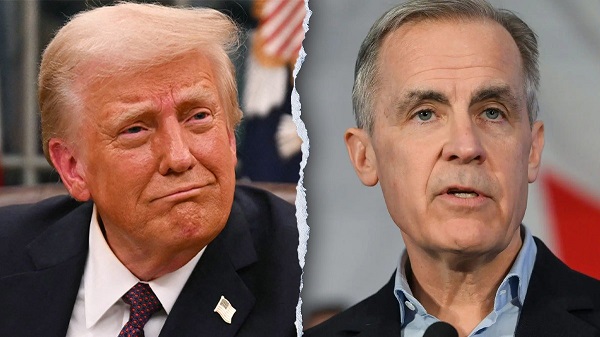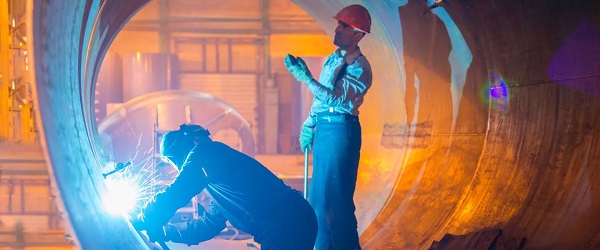Uncategorized
Heir’s big birthday: 70 candles lined up for Prince Charles

LONDON — Prince Charles turns 70 Wednesday and is still heir to the throne — a role he has served since he was a young child.
He’s not lacking in things to do and shows few signs of slowing down — he is wealthy, extremely active in matters of great importance to him, and preparing to welcome his third grandchild into the world when Meghan, the Duchess of Sussex, gives birth next spring.
His destiny, however, is to be king, a position he will automatically assume with the death of his 92-year-old mother, Queen Elizabeth II.
When that happens, Charles will be bound by the
He’s doing all that while increasingly stepping in for the queen and supervising the Prince’s Trust, an ambitious charity he founded 42 years ago that has helped hundreds of thousands of young Britons.
Is the candle-crowded birthday cake a signal that it’s time for the elegantly greying prince to take it easy? Not on your life, says Charles’ wife, Camilla, the duchess of Cornwall.
“I don’t think he thinks he’s 70,” she wrote in a birthday tribute in The Telegraph Magazine. “I think it’s just a number to him. There’s no way that he will slow down. You must be joking. I keep saying 70 is getting on a bit. It’s not very old but it is old. You have to slow down a bit.”
The royal family is in the midst of a slow, understated transition. The patriarch, 97-year-old Prince Philip, has formally retired from public life, although he makes occasional appearances in support of the queen.
For her part, the queen still maintains a busy schedule, but she no longer makes long haul flights to far flung parts of the 53-nation Commonwealth, and this year she took the unusual step of lobbying the Commonwealth countries to specify that Charles would be the next leader of the group, a position that is not hereditary.
The support for Charles was unanimous, reflecting not only appreciation for the queen’s work over the decades but a belief that Charles has a strong commitment to the Commonwealth.
Charles has also taken a more visible role representing the queen at some important national events, most recently during the Remembrance Day celebrations
But his working trips abroad and his speeches at home generate precious little buzz as the press focuses on younger, more photogenic royals and their cute offspring.
In a way, Charles is sandwiched between generations, caught between his mother, a symbol of dignity and continuity who has reigned since 1952, and his two immensely popular sons, Prince William and Prince Harry, who have along with their wives come to symbolize the future of the world’s best known monarchy.
William and Harry also remind many of their mother, the late Princess Diana, who died in a Paris car crash in 1997 after a messy divorce from Charles that for a time tarnished his standing with the British public.
It is William and Harry — along with their wives Catherine, Duchess of Cambridge and Meghan — who appear on the cover of glossy magazines, not the about-to-be-70 Charles. It is the young royals who are seen as glamorous modernizers with the common touch, while Charles is sometimes perceived as dour, preachy and remote.
Camilla says the public doesn’t understand how “incredibly kind” and funny Charles is, and William and Harry — taking part in a rare BBC interview to mark his father’s birthday — praise the way he has used his undefined position as Prince of Wales to advocate so many important causes, such as environmental protection.
But Harry — who has endeared himself to the British public in part with his impish smile and sunny outlook — urged his dad to cut back a bit on the doom and gloom that often accompanies Charles’ pronouncements.
“I would encourage him to remain optimistic because I think it can be very easy to become despondent and negative,” Harry said. “But hopefully with his children and his grandchildren, and a few more grandchildren to come, he can get energy from the family side and then carry on his leadership role.”
He also had this advice: don’t work so hard, and have dinner earlier.
Gregory Katz, The Associated Press
Uncategorized
CNN’s Shock Climate Polling Data Reinforces Trump’s Energy Agenda
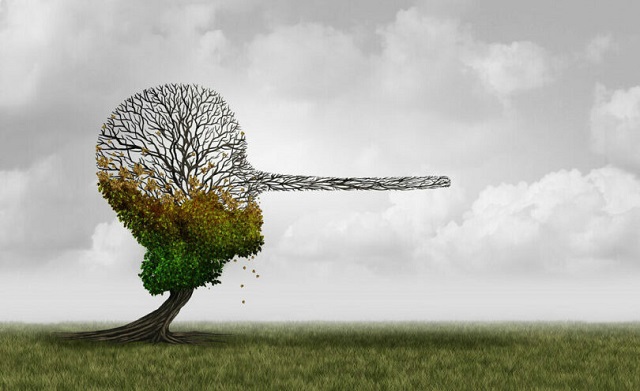

From the Daily Caller News Foundation
As the Trump administration and Republican-controlled Congress move aggressively to roll back the climate alarm-driven energy policies of the Biden presidency, proponents of climate change theory have ramped up their scare tactics in hopes of shifting public opinion in their favor.
But CNN’s energetic polling analyst, the irrepressible Harry Enten, says those tactics aren’t working. Indeed, Enten points out the climate alarm messaging which has permeated every nook and cranny of American society for at least 25 years now has failed to move the public opinion needle even a smidgen since 2000.
Appearing on the cable channel’s “CNN News Central” program with host John Berman Thursday, Enten cited polling data showing that just 40% of U.S. citizens are “afraid” of climate change. That is the same percentage who gave a similar answer in 2000.
Dear Readers:
As a nonprofit, we are dependent on the generosity of our readers.
Please consider making a small donation of any amount here.
Thank you!
Enten’s own report is an example of this fealty. Saying the findings “kind of boggles the mind,” Enten emphasized the fact that, despite all the media hysteria that takes place in the wake of any weather disaster or wildfire, an even lower percentage of Americans are concerned such events might impact them personally.
“In 2006, it was 38%,” Enten says of the percentage who are even “sometimes worried” about being hit by a natural disaster, and adds, “Look at where we are now in 2025. It’s 32%, 38% to 32%. The number’s actually gone down.”
In terms of all adults who worry that a major disaster might hit their own hometown, Enten notes that just 17% admit to such a concern. Even among Democrats, whose party has been the major proponent of climate alarm theory in the U.S., the percentage is a paltry 27%.
While Enten and Berman both appear to be shocked by these findings, they really aren’t surprising. Enten himself notes that climate concerns have never been a driving issue in electoral politics in his conclusion, when Berman points out, “People might think it’s an issue, but clearly not a driving issue when people go to the polls.”
“That’s exactly right,” Enten says, adding, “They may worry about in the abstract, but when it comes to their own lives, they don’t worry.”
This reality of public opinion is a major reason why President Donald Trump and his key cabinet officials have felt free to mount their aggressive push to end any remaining notion that a government-subsidized ‘energy transition’ from oil, gas, and coal to renewables and electric vehicles is happening in the U.S. It is also a big reason why congressional Republicans included language in the One Big Beautiful Bill Act to phase out subsidies for those alternative energy technologies.
It is key to understand that the administration’s reprioritization of energy and climate policies goes well beyond just rolling back the Biden policies. EPA Administrator Lee Zeldin is working on plans to revoke the 2010 endangerment finding related to greenhouse gases which served as the foundation for most of the Obama climate agenda as well.
If that plan can survive the inevitable court challenges, then Trump’s ambitions will only accelerate. Last year’s elimination of the Chevron Deference by the Supreme Court increases the chances of that happening. Ultimately, by the end of 2028, it will be almost as if the Obama and Biden presidencies never happened.
The reality here is that, with such a low percentage of voters expressing concerns about any of this, Trump and congressional Republicans will pay little or no political price for moving in this direction. Thus, unless the polls change radically, the policy direction will remain the same.
David Blackmon is an energy writer and consultant based in Texas. He spent 40 years in the oil and gas business, where he specialized in public policy and communications.
Uncategorized
Kananaskis G7 meeting the right setting for U.S. and Canada to reassert energy ties
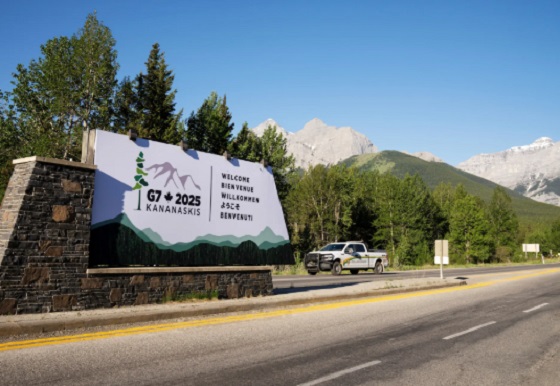

Energy security, resilience and affordability have long been protected by a continentally integrated energy sector.
The G7 summit in Kananaskis, Alberta, offers a key platform to reassert how North American energy cooperation has made the U.S. and Canada stronger, according to a joint statement from The Heritage Foundation, the foremost American conservative think tank, and MEI, a pan-Canadian research and educational policy organization.
“Energy cooperation between Canada, Mexico and the United States is vital for the Western World’s energy security,” says Diana Furchtgott-Roth, director of the Center for Energy, Climate and Environment and the Herbert and Joyce Morgan Fellow at the Heritage Foundation, and one of America’s most prominent energy experts. “Both President Trump and Prime Minister Carney share energy as a key priority for their respective administrations.
She added, “The G7 should embrace energy abundance by cooperating and committing to a rapid expansion of energy infrastructure. Members should commit to streamlined permitting, including a one-stop shop permitting and environmental review process, to unleash the capital investment necessary to make energy abundance a reality.”
North America’s energy industry is continentally integrated, benefitting from a blend of U.S. light crude oil and Mexican and Canadian heavy crude oil that keeps the continent’s refineries running smoothly.
Each day, Canada exports 2.8 million barrels of oil to the United States.
These get refined into gasoline, diesel and other higher value-added products that furnish the U.S. market with reliable and affordable energy, as well as exported to other countries, including some 780,000 barrels per day of finished products that get exported to Canada and 1.08 million barrels per day to Mexico.
A similar situation occurs with natural gas, where Canada ships 8.7 billion cubic feet of natural gas per day to the United States through a continental network of pipelines.
This gets consumed by U.S. households, as well as transformed into liquefied natural gas products, of which the United States exports 11.5 billion cubic feet per day, mostly from ports in Louisiana, Texas and Maryland.
“The abundance and complementarity of Canada and the United States’ energy resources have made both nations more prosperous and more secure in their supply,” says Daniel Dufort, president and CEO of the MEI. “Both countries stand to reduce dependence on Chinese and Russian energy by expanding their pipeline networks – the United States to the East and Canada to the West – to supply their European and Asian allies in an increasingly turbulent world.”
Under this scenario, Europe would buy more high-value light oil from the U.S., whose domestic needs would be back-stopped by lower-priced heavy oil imports from Canada, whereas Asia would consume more LNG from Canada, diminishing China and Russia’s economic and strategic leverage over it.
* * *
The MEI is an independent public policy think tank with offices in Montreal, Ottawa, and Calgary. Through its publications, media appearances, and advisory services to policymakers, the MEI stimulates public policy debate and reforms based on sound economics and entrepreneurship.
As the nation’s largest, most broadly supported conservative research and educational institution, The Heritage Foundation has been leading the American conservative movement since our founding in 1973. The Heritage Foundation reaches more than 10 million members, advocates, and concerned Americans every day with information on critical issues facing America.
-

 Business2 days ago
Business2 days agoThe Grocery Greed Myth
-

 Business2 days ago
Business2 days agoTax filing announcement shows consultation was a sham
-

 Media20 hours ago
Media20 hours agoResponse to any budget sleight of hand will determine which audience media have decided to serve
-

 Frontier Centre for Public Policy19 hours ago
Frontier Centre for Public Policy19 hours agoCanada’s Democracy Is Running On Fumes
-
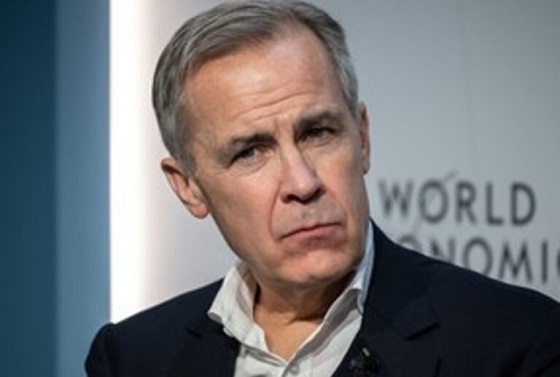
 Business2 days ago
Business2 days agoCarney government plans to muddy the fiscal waters in upcoming budget
-

 Business20 hours ago
Business20 hours agoYour $350 Grocery Question: Gouging or Economics?
-

 Education19 hours ago
Education19 hours agoClassroom Size Isn’t The Real Issue
-

 International13 hours ago
International13 hours agoMelania Trump quietly reunites children divided by Ukraine war



